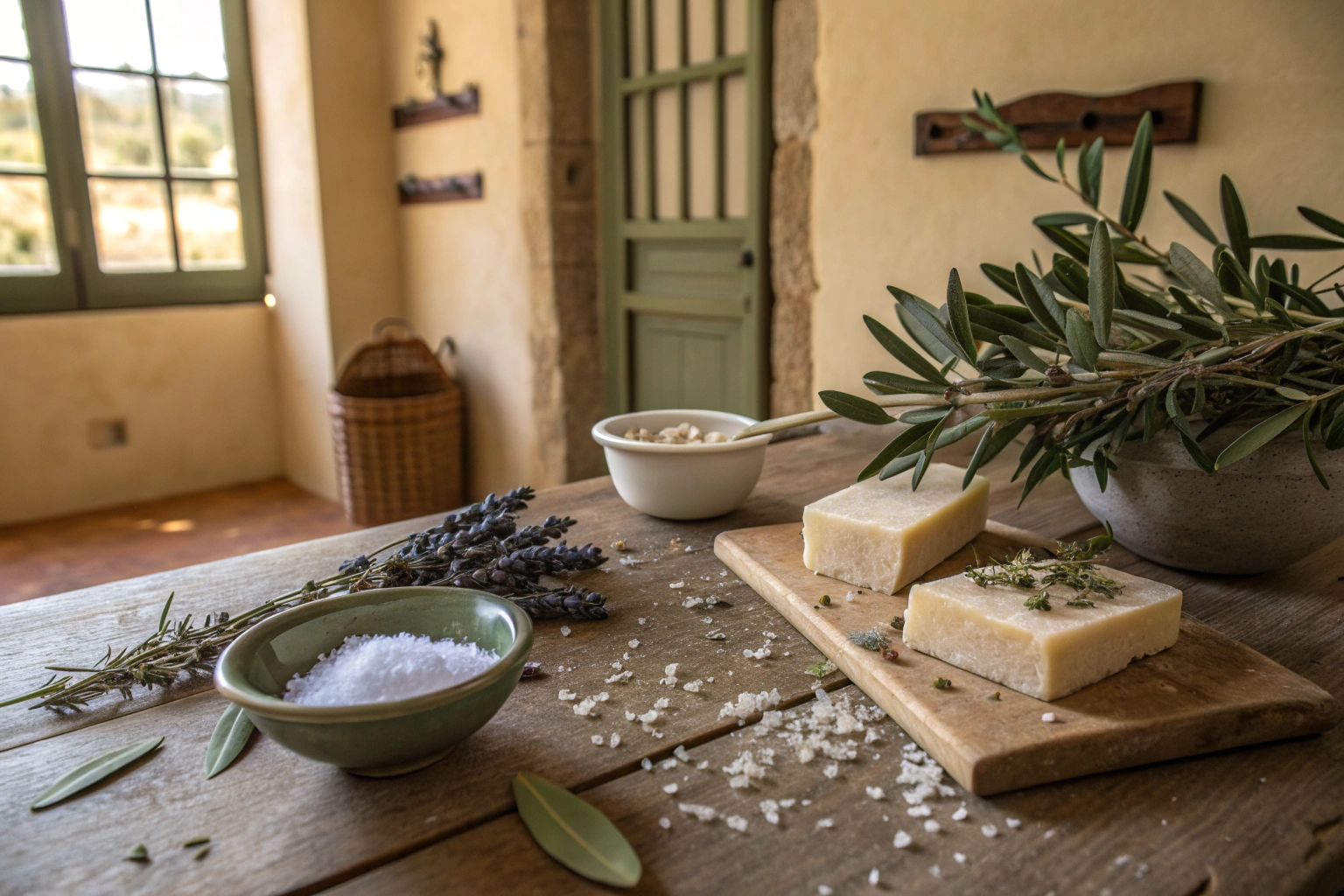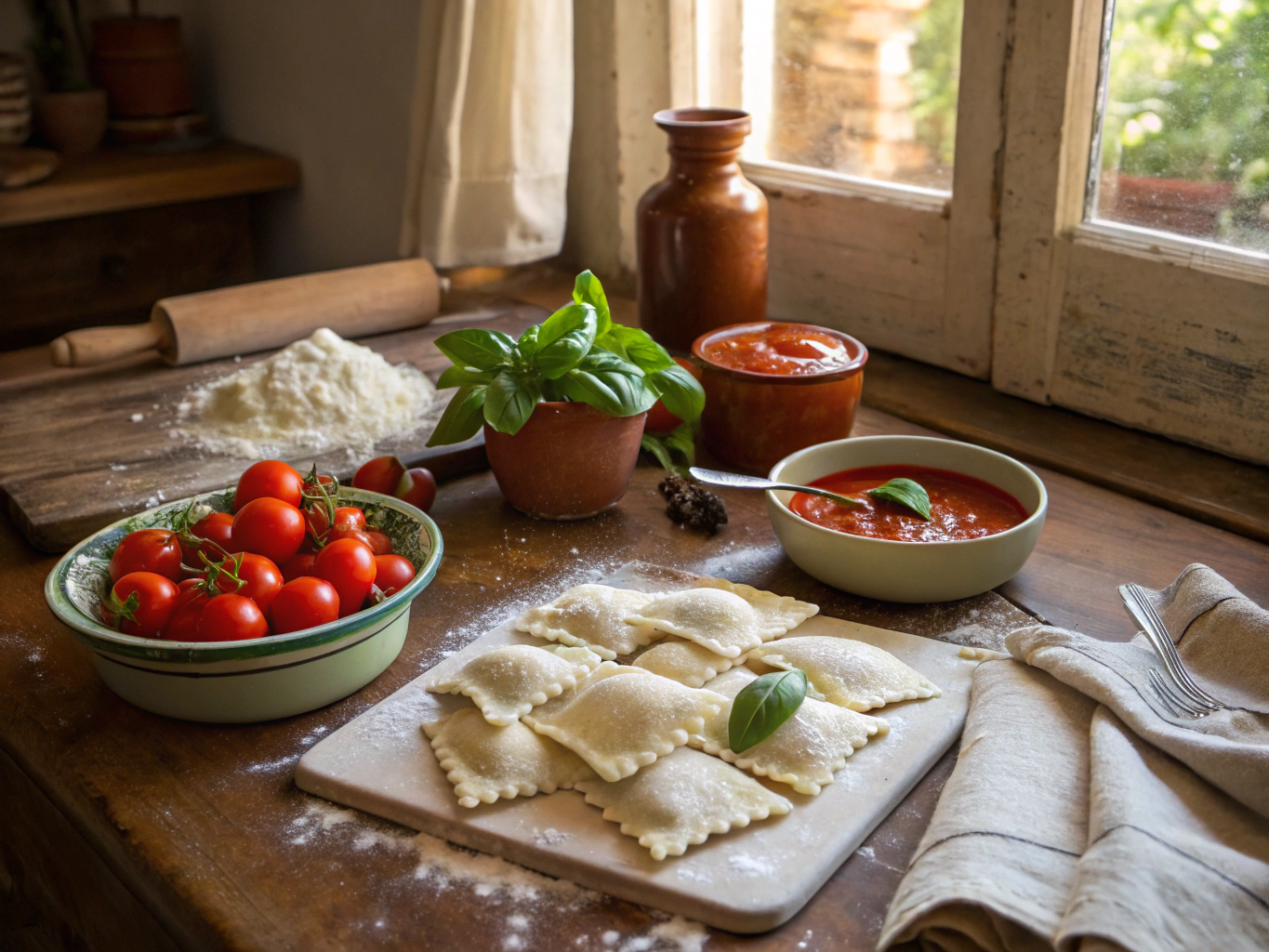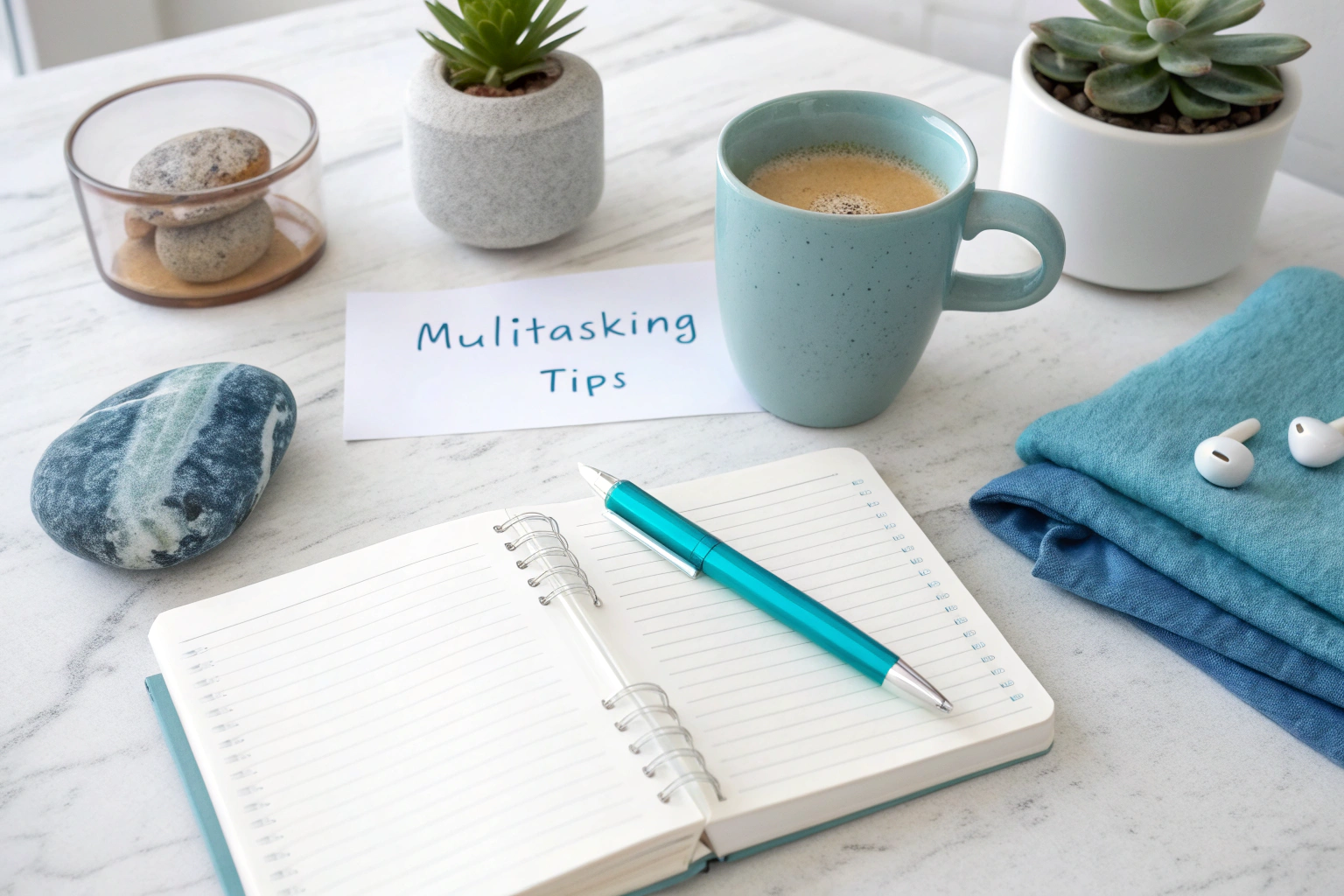The History and Tradition Behind Handcrafted Soap Making
Handcrafted soap has long been cherished for its natural ingredients, gentle cleansing properties, and artisanal charm. Unlike mass-produced soaps, handcrafted soaps showcase a dedication to quality and tradition that dates back thousands of years. Today, you can experience this timeless craft with products like Rooted For Good handcrafted soap for every skin type, which blends age-old techniques with modern skin care needs.
The Origins of Soap Making
The art of soap making can be traced as far back as 2800 BC in ancient Babylon, where early records describe a soap-like substance made from animal fats and wood ash. This mixture was primarily used for cleaning textiles and possibly for medicinal purposes. Around 1500 BC, the Egyptians refined soap recipes using animal and vegetable oils combined with alkaline salts, recognizing soap’s benefits for hygiene and skin health.
Soap Through the Ages
By the time of the Roman Empire, soap became more widely used for personal hygiene. The Romans crafted soaps combining tallow, ashes, and fragrances, elevating soap from a practical cleaning agent to a luxurious item in bathhouses and homes. Even after the fall of Rome, soap making spread throughout Europe, evolving with regional ingredients and customs.
In medieval Europe, soap production was often a family trade, passed down through generations. Artisans would carefully select natural fats like olive oil or coconut oil and combine them with lye derived from wood ash, patiently curing the soap for weeks to develop its unique qualities. This handcrafted method ensured a product free from harsh chemicals, often enriched with herbs and essential oils for added benefits.
Why Handcrafted Soap Endures
Despite industrial advances, handcrafted soap remains beloved for several reasons. Its production honors traditional methods, allowing for the preservation of natural ingredients and gentle processing that maintain beneficial glycerin, often lost in commercial soaps. This makes handcrafted soap not only effective but also nourishing for the skin.
Moreover, the artisanal approach offers customization and creativity. Makers can infuse their soaps with natural fragrances, colors, and textures, creating products that cater to specific skin types and preferences. This personal touch is evident in collections like the Rooted For Good handcrafted soap for every skin type, which combines natural peppermint oil to invigorate and refresh the skin while maintaining gentle cleansing qualities.
The Cultural Significance of Soap Making
Beyond its practical uses, handcrafted soap holds cultural significance in many parts of the world. In Morocco, for example, black soap made from olive oil and eucalyptus is a staple in traditional hammams, used for exfoliation and skin detoxification. In Japan, natural soaps infused with green tea or rice bran reflect centuries of skincare wisdom tied to nature and wellness.
These traditions highlight soap’s role not just as a cleansing agent, but as a ritual that connects people to nature, community, and heritage.
Continuing the Tradition Today
Modern handcrafted soap makers are passionate about sustaining this ancient craft, often emphasizing environmentally friendly practices, cruelty-free ingredients, and sustainable sourcing. This commitment ensures that handcrafted soap remains a meaningful, healthful choice in today’s world, bridging history with contemporary values.
By choosing handcrafted soaps, consumers support artisans who preserve time-honored techniques and prioritize skin-friendly, natural ingredients. Whether you seek a luxurious pampering experience or a simple daily cleanser, handcrafted soap offers a unique connection to a rich past and a healthier future.
In essence, the story behind handcrafted soap is one of heritage, care, and the enduring human desire to nurture the body with the best nature has to offer.









